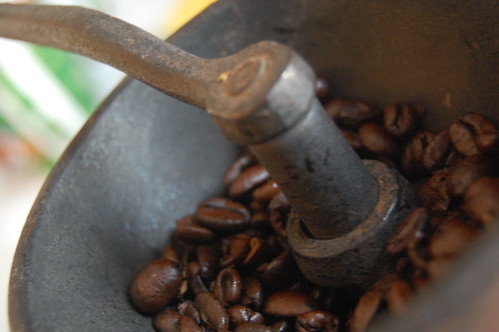(perhaps it is a product of over-thinking [yes!] and not being used to kanji quizzes [yes!])
2)「すみません、いまわたしわえいごでききます」This makes me think of giving an update on my dual language learning experience...
I would also like to report that not too long ago, I used my Chinese to figure out Japanese. In one of the homework exercises we needed to understand ていしょく. But it was not written with furigana, so I only saw 定食. As usual, I couldn't find the kanji in the book! Why oh why can I never find vocabulary in a list (when I know for certain it is in that chapter)? So I hopped on to a convenient Starr library Asian language enabled computer and used my Chinese to type out 定食 and used Google translate to help out. Google translate was on top of it, and the autodetect knew that the combo was Japanese and not Chinese. The phonetic Chinese for the characters is ding4shi2, but the combination is not used. 定 is difficult to translate (at least for me) but the idea of "set" fits within the uses I am familiar with (it is used to describe certainty, affirmation, decision, and ordering). (Forgive me native Chinese speakers, I am just a humble student.) 食 means food or is related to food or eating. I was pretty excited about this because there is something rather amazing about inputing phonetics into a computer in one language and having them result in images (kanji) in a second language that are subsequently translated into a third language. Perhaps even cooler is that it's taken much longer for me to write this out than it did to look up the word, it was all very natural and easy.

3)
もうふゆですね!あまりさむいですね。わたしはふゆのてんきがすきですか。スキーがすきです。あなたもスキーがすきですか。なんかいスキーをしましたか。わたしはきゅかいしました。

あついののみものがすきですか。コーヒーがすきですか。おちゃがすきですか。ショコラショウ (ホットチョコレート) がすきですか。なんばいいっかいのみますか。
[ごめなさい。I wrote most of this post earlier, but forgot to polish it and then publish.]
0 comments:
Post a Comment